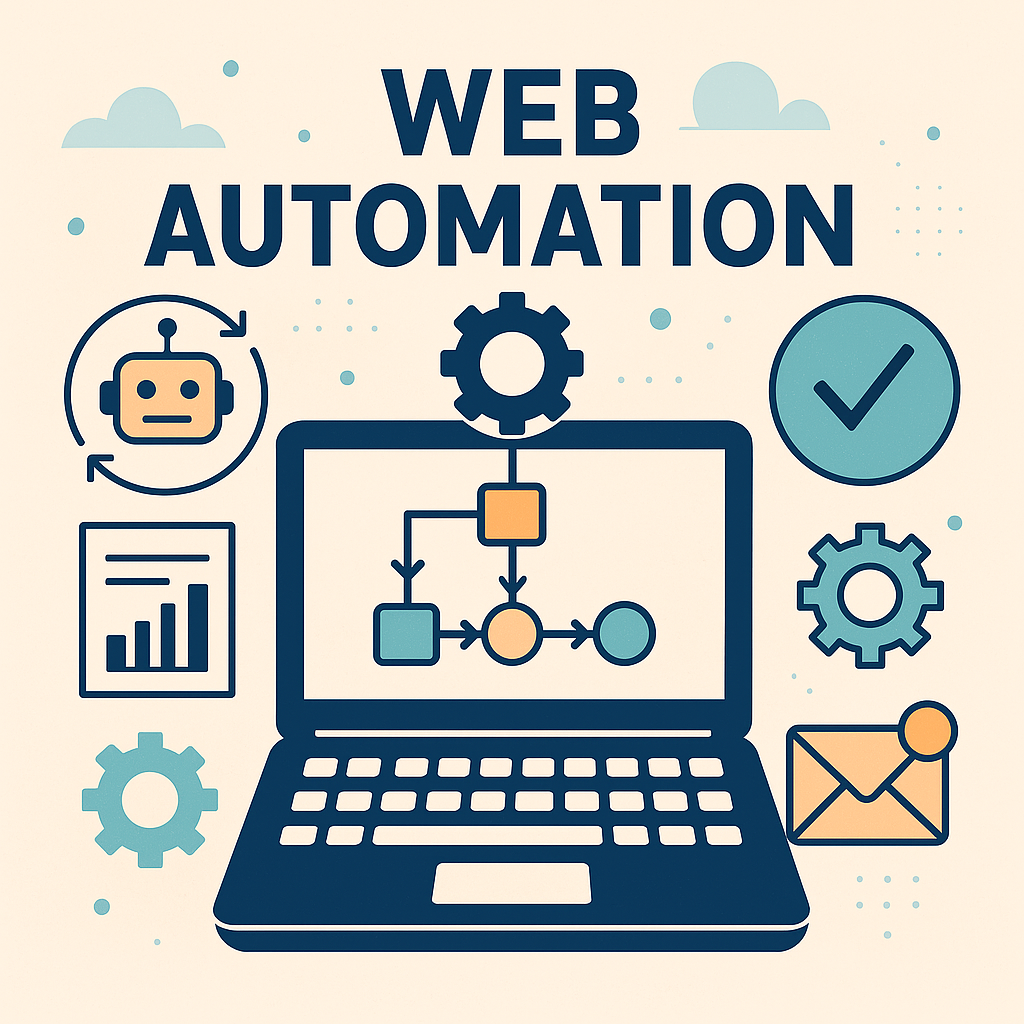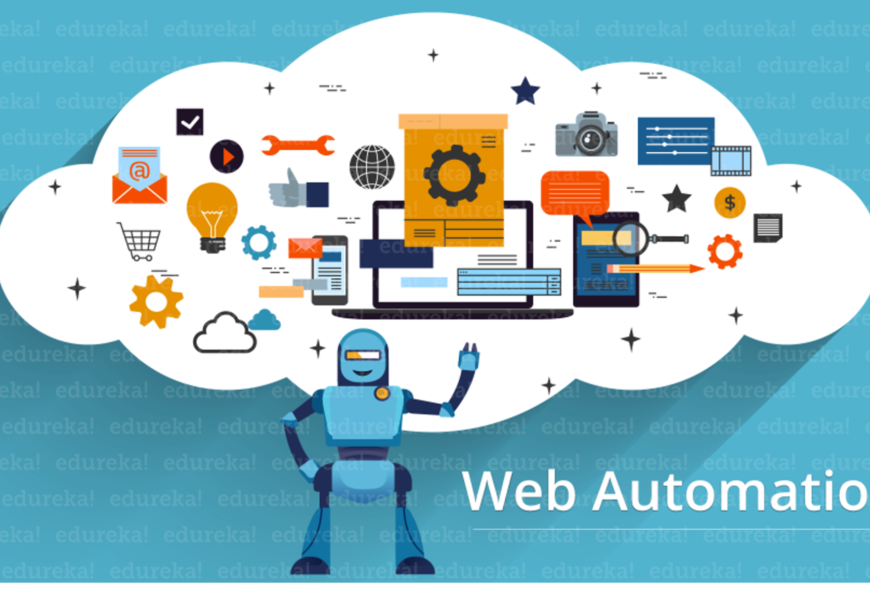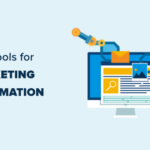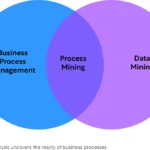In 2025, the digital world is faster, smarter, and more demanding than ever—and if you’re still doing everything manually, you’re probably working harder than you need to. That’s where web automation comes in. From scheduling posts to scraping data or handling customer support workflows, automation can save you time, reduce errors, and free you up to focus on what actually matters.
This guide breaks down what web automation really is, shows you real-world examples, introduces the top tools in 2025, and helps you figure out how to start automating your own tasks—without feeling overwhelmed.
What is Web Automation?

At its core, web automation is the process of using software or scripts to carry out tasks on the web without human input. These can range from simple tasks like filling out online forms or sending emails, to more complex workflows like managing customer onboarding or monitoring website changes.
Think of it like setting up a “robot assistant” to do the repetitive stuff you don’t want to spend time on.
“Automation is not about replacing humans; it’s about helping people focus on high-value work.”
– Gartner IT Automation Trends Report, 2024
Why Web Automation Matters in 2025
The web has exploded with data, platforms, and apps. And with AI now baked into many business tools, automation has shifted from being a “nice-to-have” to an essential part of working smarter.
Here’s why businesses and individuals are turning to automation more than ever:
- Time savings – Automate recurring tasks and get back hours every week.
- Accuracy – Reduce human error in data entry and workflows.
- Cost efficiency – Fewer hours spent on menial tasks means leaner operations.
- Scale – Automate once, and your process runs 100 times without extra effort.
- 24/7 availability – Bots don’t need sleep. Your workflows can run around the clock.
And the best part? You don’t need to be a developer to start automating.
Real-World Examples of Web Automation
Let’s bring automation to life with examples that are already happening in 2025:
1. Automated Social Media Management
Tools like Buffer and Zapier let you auto-post content to multiple social platforms, schedule tweets from Google Sheets, or repost your best-performing content every quarter.
2. Web Scraping for Market Research
Companies are using tools like Apify or Octoparse to pull product pricing, competitor data, or customer reviews directly from websites to feed into dashboards or reports.
3. Customer Onboarding Workflows
When a customer joins up, companies could use systems like Make (Integromat) or n8n to automatically send a welcome email, create a CRM record, alert the sales team, and add the user to a Slack channel.
4. E-commerce Automation
Shopify stores use automation to sync inventory, send abandoned cart emails, manage returns, or offer dynamic discounts based on user behavior.
5. AI + Automation in Customer Support
These days, chatbots (like those from Tidio or Intercom) can register support requests in programs like Zendesk or Notion, route customers to the appropriate department, and escalate issues depending on tone recognition.
Freelancers, solopreneurs, and side hustlers rely on automation to compete at a higher level; it’s not only for big businesses.
Top Web Automation Tools for 2025
Here’s a breakdown of the most reliable and popular tools this year, categorized for different needs:
No-Code/Low-Code Platforms
Perfect for non-tech users who want drag-and-drop automation:
- Zapier – The king of app-to-app automation (supports 6,000+ apps). Great for basic to mid-complex workflows.
- Make (formerly Integromat) – More powerful visual builder, ideal for branching logic and advanced workflows.
- n8n – Open-source and powerful; ideal for teams wanting more control and customization.
🕷️ Web Scraping & Data Extraction
For pulling data from websites without APIs:
- Apify – Cloud-based, customizable scraping bots with a marketplace of ready-made actors.
- Octoparse – Visual point-and-click scraping for non-coders.
- ParseHub – Great for extracting data from complex and interactive sites.
🤖 RPA (Robotic Process Automation) Tools
For larger scale enterprise-grade automation:
- UiPath – Robust automation for finance, HR, and operations.
- Automation Anywhere – Enterprise-grade bots for back-office tasks.
- Microsoft Power Automate – Integrated with Microsoft 365 and Azure; great for corporate environments.
✨ AI-Powered Automation
Combines automation with artificial intelligence:
- OpenAI GPT Agents + Zapier – AI agents that act on web data and trigger workflows.
- Bardeen – Automates tasks across browser tabs using natural language prompts.
- Levity – Lets you train custom AI to automate tasks like document processing or email classification.
Getting Started: How to Build Your First Web Automation Workflow
If you’re new to this, here’s a simple roadmap to ease into automation without getting overwhelmed.
Step 1: Identify a Repetitive Task
Look at your daily or weekly tasks. Some questions to ask:
- Do I keep copying and pasting info between tools?
- Do I send the same email repeatedly?
- Am I pulling reports manually?
Start with something small—like saving email attachments to Google Drive automatically.
Step 2: Choose Your Tool
Pick a platform based on your comfort level:
- Beginners: Try Zapier or Make
- Tech-savvy or developers: Try n8n or Apify
- E-commerce? Look into Shopify Flow
Step 3: Build the Workflow
Example: Automatically add new form responses (from Typeform) to a Google Sheet and send a Slack notification.
With most no-code tools, you’ll:
- Choose a trigger (e.g., new Typeform response)
- Add actions (e.g., create a new row in Google Sheets, send Slack message)
- Test the automation
- Turn it on
Done. You’ve just automated your first task!
Step 4: Test and Monitor
Always run tests to ensure your automation works as expected. Watch for issues like incorrect data formatting, API rate limits, or login timeouts.
Web Automation Best Practices in 2025
To make the most out of your automation efforts:
- Start Small – Automate a single process first, then build on it.
- Keep It Documented – Track what’s automated and how, especially for team workflows.
- Test Often – A small change in an app’s layout can break automations.
- Use Conditional Logic – For smarter workflows that adapt to input data.
- Stay Secure – Use trusted tools, enable 2FA, and avoid storing passwords in plain text.
When Not to Automate
While automation is powerful, it’s not always the answer.
Don’t automate:
- Highly sensitive processes prone to error (without oversight)
- Tasks that require human emotion or judgement (like firing someone!)
- Processes that change frequently—avoid building on shifting sands
Think of automation as your digital teammate, not a replacement for thoughtful decision-making.
The Future of Web Automation
As AI gets smarter, automation is moving beyond repetitive task execution to intelligent decision-making. In 2025 and beyond, expect to see:
- More natural language automation – Build workflows by just typing what you want done.
- Predictive automation – AI predicting what you’ll need next and setting up workflows before you ask.
- Personal assistant bots – Mini agents managing your inbox, calendar, meetings, and more autonomously.
“By 2026, 70% of routine digital tasks in organizations will be fully automated, driven by AI-powered workflows.”
– Forrester Predictions for Business Automation, 2025
Final Thoughts
Web automation isn’t just for tech pros or enterprises anymore. It’s for you—the freelancer juggling clients, the startup founder wearing 10 hats, the e-commerce store owner trying to scale.
Whether you want to save five minutes a day or five hours a week, automation is one of the most powerful tools in your digital toolkit. And with the right approach, it can seriously transform how you work, think, and grow.






